Auto industry hopes for smooth ride in New Year after a bumpy 2021
The Indian automotive industry is driving into 2022 with a positive mindset in its quest to reach the pre-pandemic levels of sales volume, having built a solid foundation in 2021 amid semiconductor shortage hampering production.

The Indian automotive industry is driving into 2022 with a positive mindset in its quest to reach the pre-pandemic levels of sales volume, having built a solid foundation in 2021 amid semiconductor shortage hampering production.
With demand still buoyant in the passenger vehicle segment despite challenges of commodity price increases, many automobile manufacturers are upbeat to embrace new technologies, specially in the electric mobility space which is expected to witness a slew of launches in both four- and two-wheeler categories in the coming year.
Although the Omicron variant of COVID is still a concern for many automakers, they feel that the learnings from the past two years will come handy in carrying out business, having adopted digitisation in large scale, even if there were to be a third wave.
In an interaction with PTI, Maruti Suzuki India Chairman R C Bhargava expressed hope that 2022 would pan out to be better for the industry as compared to 2021.
"This year, we had a lot of production loss due to shortage of semiconductors. I think the situation will be much better in 2022," he said, adding the economy is going to grow faster, which is again a positive factor.
"So all these put together, except for the uncertainty related to the Omicron variant, I think it indicates that 2022 would be a much better year," he stated.
While acknowledging that 2021 has turned out to be a very challenging year for the industry, SIAM President Rajesh Menon also expressed hope for a better churn in the new year.
"The auto industry is hopeful that the new variant of Omicron of COVID would not play a major spoilsport and the society and economy would be able to sustain with reasonable health and safety precautions. We are hopeful that once the semiconductor crisis eases out, the industry can expect to do better in 2022," he stated.
Favourable government policies such as the extension of FAME-II scheme till 2024, enhancement of incentives for two-wheelers and launch of the production-linked incentive (PLI) scheme for auto and auto component sector for about Rs 26,000 crore and PLI for advanced chemistry cell for about Rs 18,000 crore will provide enormous support to the sector as it adopts advanced technologies, Menon noted.
While the recently-announced incentive scheme of Rs 76,000 crore for semiconductor manufacturing over six years is encouraging, he said the announcements for setting up scrappage centres, inspection and certification facilities would result in scrapping of vehicles which are not road worthy, thereby creating demand.
Sharing the optimism, Tata Motors President, Passenger Vehicle Business Unit, Shailesh Chandra said, "Looking ahead, we expect the demand for passenger ICE and electric vehicles to remain strong even as concerns about the supply of semiconductors and high input costs continue alongside the uncertainties connected with the Omicron variant."
Mahindra & Mahindra Executive Director (Auto and Farm Sectors) Rajesh Jejurikar noted that overall, the industry has been through a tremendous learning curve, be it in terms of managing resources, supply chains, adopting technology and digitisation to improving customer experiences and innovating quickly to respond to changing dynamics.
"I feel these learnings will stand us in good stead as we move forward. We are already seeing a strong demand curve and with the improvements in the overall economic environment, I remain optimistic that 2022 will be a much better year for the PV industry as compared to 2021," he added.
Yet, Honda Cars India President and CEO Gaku Nakanishi said the outlook for 2022 remains "cautiously optimistic owing to concerns about constant rise in the cost of raw material as well as supply-side constraints".
"Even though uncertainty around the pandemic situation still continues, the robust demand in the domestic market and our export push gives us confidence to do well going forward," he stated.
A Hyundai spokesperson noted: "At present, the automobile sector is witnessing multiple changes with the government driving a variety of initiatives in parallel to boost the auto sector through product-linked, scrappage policy, etc."
"We are cautiously optimistic as the government has undertaken a gamut of initiatives to promote investments and growth in the entire manufacturing value-chain in India," the spokesperson said.
From luxury carmakers' point of view, Mercedes-Benz India Managing Director and CEO Martin Schwenk said, "The demand outlook is positive. We have created a good foundation this year... We can come back to what we had in the total market prior to the pandemic crisis... I would definitely see for the luxury segment that we will be able to go back to the growth rates we had until say 2018 on an annualised basis."
Expressing similar views, Audi India Head Balbir Singh Dhillon noted that the segment is showing encouraging signs and the pace is expected to pick-up in the coming months.
Yet, he said, "The luxury car industry will take on an average two more years for sales to reach pre-pandemic levels of 35,000-40,000 units a year. The industry needs a stable policy for the segment to grow. Taxation and duty structures make it difficult for the segment to expand."
Schwenk also pointed out that there is "always a disclaimer because everyone is wondering what's happening next now with whatever variant of the virus".
Reflecting on the challenges faced by the auto industry in 2021, Menon said the second wave of COVID pandemic and subsequent staggered state-wise lockdowns in April and May and supply chain disruptions due to the ongoing global semiconductor shortage had a severe impact on the industry.
Rising commodity prices put enormous cost pressure on the industry and hence there have been several price increases across vehicle segments in 2021, he stated.
As for auto component makers, industry body ACMA President Sunjay Kapur said in 2022, all segments of the vehicle industry, especially the two-wheeler sector, are expected to demonstrate robust performance.
"That apart, strong global demand for India made components and the thrust on EVs have given rise to several opportunities that the component manufacturers can harness," he said.
Kapur noted that after two consecutive years of decline, India's Rs 3.4 lakh crore automotive components industry is estimated to grow 10-15 per cent in this financial year.
Get Latest Business News, Stock Market Updates and Videos; Check your tax outgo through Income Tax Calculator and save money through our Personal Finance coverage. Check Business Breaking News Live on Zee Business Twitter and Facebook. Subscribe on YouTube.
RECOMMENDED STORIES
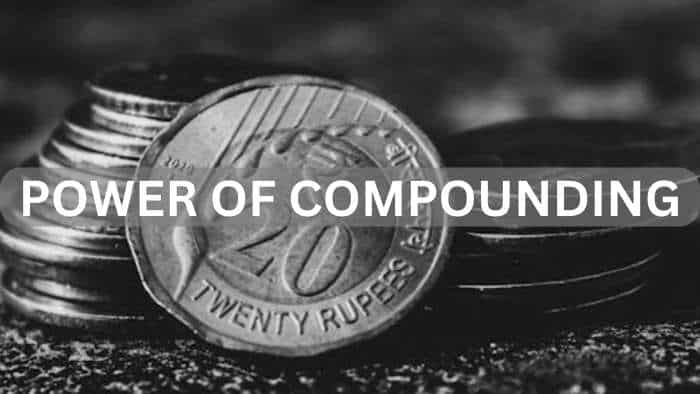
SIP Calculation at 12% Annualised Return: Rs 10,000 monthly SIP for 20 years, Rs 15,000 for 15 or Rs 20,000 for 10, which do you think works best?
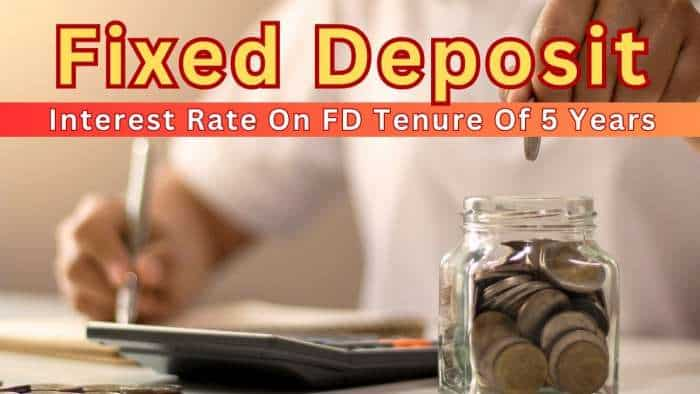
FD Rates for Rs 10 lakh investment: Compare SBI, PNB, HDFC, ICICI, and Post Office 5-year fixed deposit returns

LIC Saral Pension Plan: How much should you invest one time to get Rs 64,000 annual pension for life?
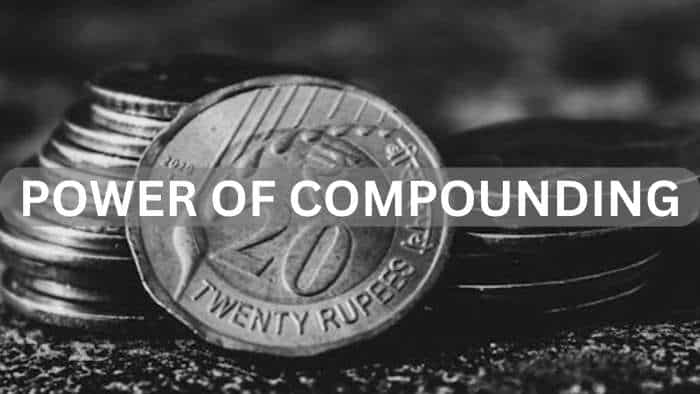
SIP Calculation at 12% Annualised Return: Rs 1,000 monthly SIP for 20 years, Rs 4,000 for 5 years or Rs 10,000 for 2 years, which do you think works best?

UPS vs NPS vs OPS: Last-drawn basic salary Rs 90,000 and pensionable service 27 years? What can be your monthly pension in each scheme?
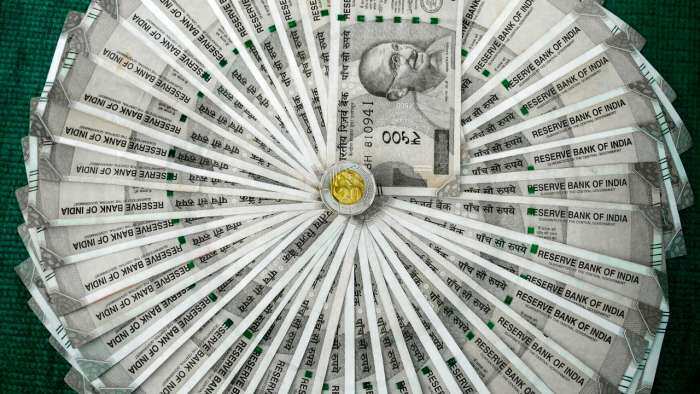
Monthly Pension Calculations: Is your basic pension Rs 26,000, Rs 38,000, or Rs 47,000? Know what can be your total pension as per latest DR rates
12:20 PM IST






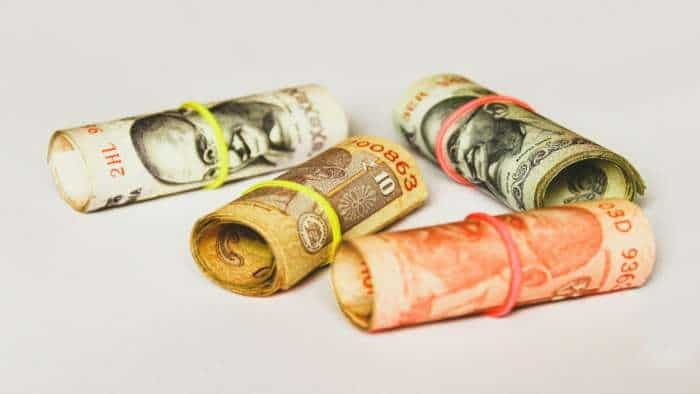

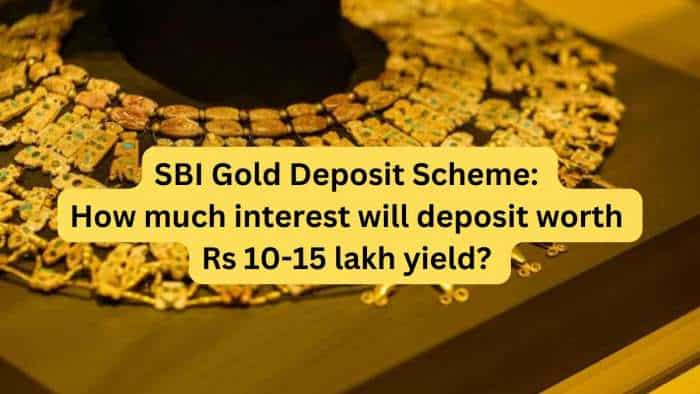
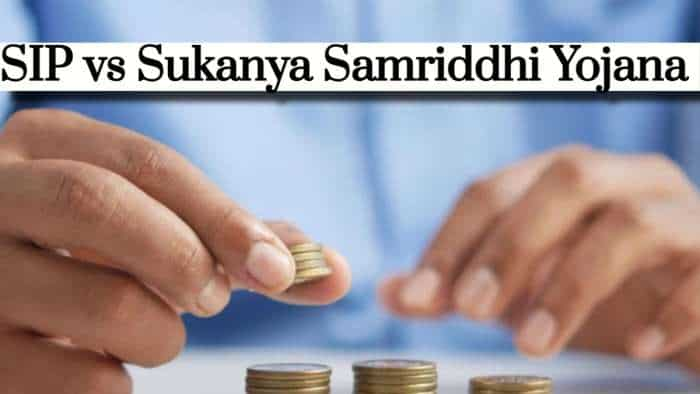

 Volkswagen to roll out Golf GTI, Tiguan R-Line in India soon
Volkswagen to roll out Golf GTI, Tiguan R-Line in India soon Hyundai sales dip 3% in February at 58,727 units
Hyundai sales dip 3% in February at 58,727 units  BMW 3 Series LWB launched in India: From price to features, engine - here's everything you need to know
BMW 3 Series LWB launched in India: From price to features, engine - here's everything you need to know MG Comet Blackstorm Edition launched in India: Price, booking, other key things you need to know
MG Comet Blackstorm Edition launched in India: Price, booking, other key things you need to know Tesla needs to produce cars in India to scale, keep price between Rs 25-30 lakh: CLSA
Tesla needs to produce cars in India to scale, keep price between Rs 25-30 lakh: CLSA